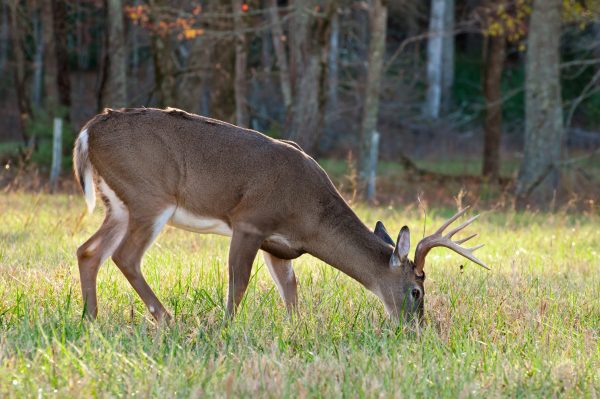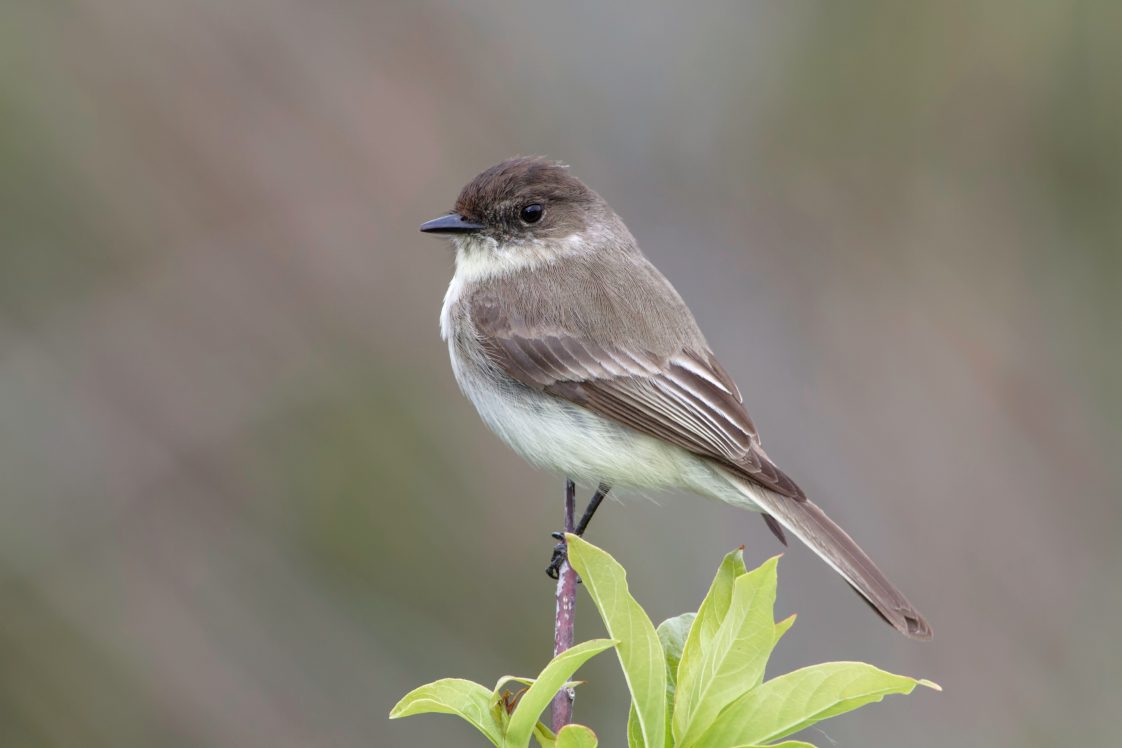Forestry & Wildlife

Most people who spend time in the woods in Alabama are sure to experience a whole host of biting bugs. Whether it be mosquitoes, flies, chiggers, or ticks, it feels like there is no place or time of year when people don’t have the unpleasant attentions of at least a few invertebrate pests. Many of these species carry serious diseases that can cause major health concerns if unaddressed. Humans often have many ways to remove or repel these critters. Animals, however, are not so lucky, but there are two animal species that seem to have things figured out when it comes to pest control: eastern phoebes and whitetail deer.
Mutualism in Action
 In nature, there are often relationships established in which both species benefit from one another. This is known as mutualism and explains the relationship between eastern phoebes and whitetail deer.
In nature, there are often relationships established in which both species benefit from one another. This is known as mutualism and explains the relationship between eastern phoebes and whitetail deer.
Whitetail deer are subject to a wide range of parasites. Many species of biting flies, lice, and ticks regularly feed on them, with ticks persisting even through the winter. Deer have no way to remove these pests, nowhere to go to escape them, and no bug repellent to drive them away. In severe conditions, tick infestations may actively weaken the immune system of a deer or even cause anemia, not to mention spreading a range of diseases. In this, however, the deer have an unlikely ally. Enter the eastern phoebe.
The eastern phoebe (Sayornis phoebe) is a species of tyrant flycatcher that is found throughout the eastern United States. These birds are present in parts of northern and eastern Alabama throughout the year, and many migrate to the state during the winter from further north. As the family name flycatcher suggests, much of the phoebe’s diet is made up of insects, most of them hawked from a perch or plucked from foliage. They will also take insects off the ground and even feed on fruit during the winter. Interestingly, another winter food source appears to be the parasites of whitetail deer.
Phoebes often appear at wildlife openings and other edge habitats in order to forage. In a 2017 study, researchers at Mississippi State University found that phoebes are often seen following whitetail deer to gather insects flushed by the deer. They will also actively glean ticks and other parasites directly from the deer themselves. The birds are bold, hovering to remove pests from the neck and underside as well as resting on the deer to feed. The ticks and other ectoparasites supplement their diet during colder times of the year when their normal prey is scarce. Whitetails readily accept these attentions and will carry on feeding or grooming unaffected. In this way, two unlikely allies benefit from each other. The deer can enjoy reduced parasite loads and disease risk, and the phoebes have access to a more reliable food source during the leaner times of the year.

